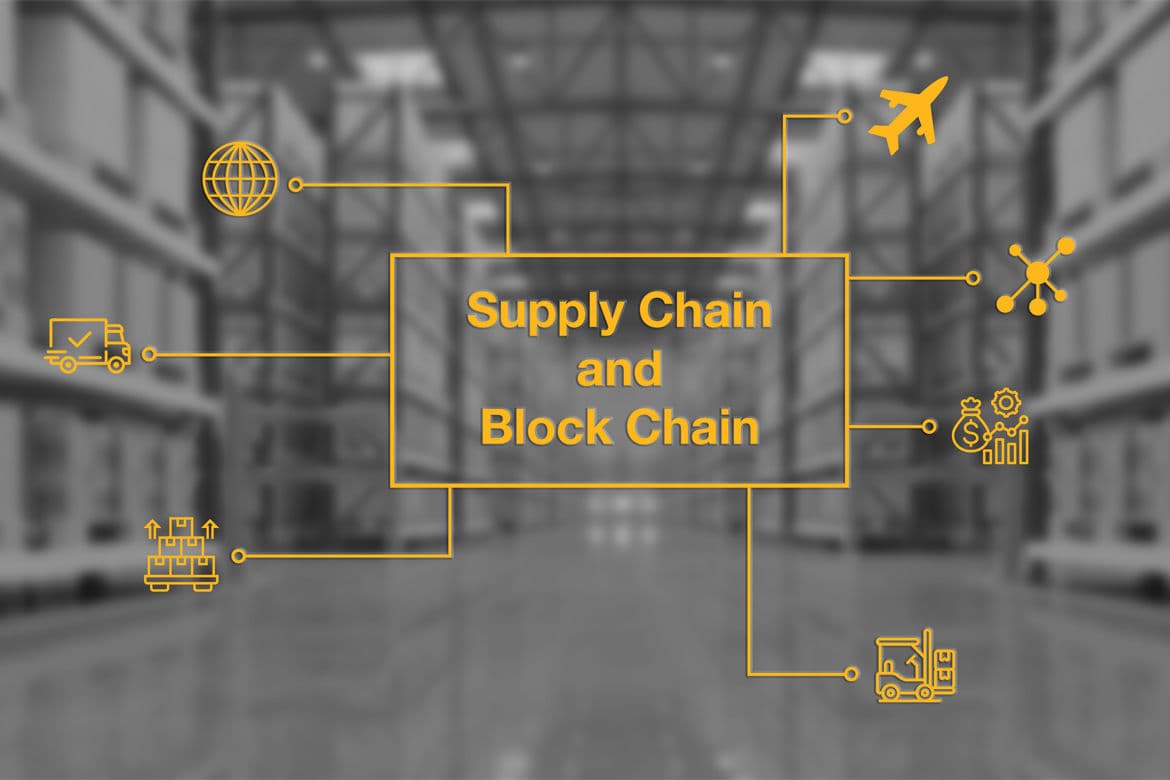English
España

Cualquier cadena de suministro enfrenta muchos desafíos, desde problemas logísticos hasta cuestiones simples como no tener acceso a suficiente información y no saber qué hacer. Por ejemplo, puedes saber que un almacén en particular necesita refrigeradores, pero alguien olvidó comunicar cuántos o a qué hora. Este es un problema simple; puedes llamarlos y aclarar exactamente lo que necesitan. Pero mediante la integración de blockchain, habilitas una transposición de información instantánea. No necesitas que te digan que necesitan estos refrigeradores, ya que a través de blockchain y otras aplicaciones construidas sobre sus tecnologías predictivas, puedes satisfacer rápidamente sus demandas.
Blockchain crea una red a prueba de manipulaciones y legitima tu proceso. La legitimidad es la mercancía más difícil de adquirir para cualquier negocio. Al utilizar una solución de blockchain, puedes emplear más puntos de recopilación de datos para optimizar aún más las soluciones de la cadena de suministro. Blockchain permite que todos los participantes verifiquen la posición de la transacción de inmediato de manera anónima. Cualquier participante en la cadena de blockchain verá estos datos de inmediato sin tener que mirar datos privados que otra parte no quiere que vean. Todas las partes compartirán solo la información pertinente sobre el artículo en cuestión; esto permite que las empresas trabajen más juntas sin entrelazar sus negocios y crear problemas sobre quién es el líder.
Además, los beneficios de seguridad de usar blockchain en tu cadena de suministro radican en que el blockchain es descentralizado, por lo que incluso si uno de los centros de datos de cualquier parte de la cadena de suministro se pierde, los datos no se pierden porque hay múltiples copias mantenidas constantemente a lo largo de la cadena. El problema normal de difundir múltiples copias de tus datos y, como resultado, facilitar su acceso se combate mediante el requisito de una clave para acceder al blockchain en cualquier momento.
Blockchain crea un conjunto de datos que nadie puede borrar debido a la naturaleza descentralizada de la cadena. Como resultado, podemos analizar datos anteriores con gran precisión. Todo el historial de datos se mantiene y, si se encuentran discrepancias en el proceso de movimiento de tus bienes, puedes ver dónde ocurrió algo mal. Por ejemplo, si estás enviando 50 televisores entre 2 almacenes y solo llegan 47 al segundo almacén, ahora puedes usar tu blockchain para analizar dónde ocurrió el problema. El blockchain rastrearía cuántos artículos salieron del almacén, cuántos artículos aceptó el conductor y cuántos llegaron al segundo almacén. Ahora puedes ver dónde se perdieron los bienes y comenzar una investigación. Puedes hacer todo esto desde la comodidad de tu computadora al mirar el blockchain en lugar de tener que ir a cada persona y recopilar datos de ellos. Este proceso ayuda a identificar problemas como este y ayuda a reducirlos, ya que la seguridad misma es un elemento disuasorio.
Además, integras cada parte de la cadena de suministro en tu libro mayor. La integración horizontal es el siguiente paso en la optimización de las cadenas de suministro, ya que puedes mantener a todas las partes involucradas en un procedimiento actualizadas. Tradicionalmente, solo vemos la integración vertical, donde la parte que envía un artículo y la parte que recibe conocen el proceso de envío. Ahora, el banco del que el fabricante ha tomado un préstamo, el almacén al que va, la empresa de envío y la tienda/persona a la que se entrega el bien saben dónde está el producto en cualquier momento que deseen. Esto se hace más eficiente con blockchain porque cualquier persona con permiso puede acceder a estos datos de manera muy segura, instantánea y precisa.
La seguridad y las integraciones no son los únicos beneficios de usar blockchain, ya que también hay beneficios ambientales. La capacidad de rastrear tu huella de carbono está pasando de ser un producto de nicho a algo que cada empresa necesitará para funcionar en el futuro y cumplir con los estándares establecidos por los organismos de gobernanza. Blockchain también crea una solución aquí; en lugar de dejar un rastro físico en papel que todos los involucrados tendrían que rastrear y encontrar, se deja un rastro digital al que cualquier persona con permiso puede acceder de manera segura y rápida. El acceso inmediato a este tipo de datos permite a empresas como SmartOpt crear algoritmos que rastreen cada punto material donde se ingresaron los datos y comprendan cuánto impacto ha tenido tu transporte en el clima.
Los desafíos para calcular tu huella de carbono radican en que no tienes información actualizada en todos los puntos de contacto y que estos datos suelen estar en formato papel. Cuando te enfrentas a estas limitaciones, lleva una enorme cantidad de tiempo generar un informe sobre tus emisiones, que probablemente estará desactualizado para cuando termines. Con la creación de una red blockchain, puedes rastrear todos los puntos de contacto de una manera organizada y digitalizada. En lugar de un rastro de papel inseguro o una red digital insegura, tienes una cadena que se construye a medida que pasa el tiempo, que solo es accesible para las personas pertinentes. Cada paso se codifica en el blockchain, ayudándonos a entender cuándo y dónde el blockchain recopiló cada punto de datos. Cuando sabemos la ubicación de la codificación en el siguiente paso del blockchain, podemos calcular cuánto combustible le tomó a una persona llegar a esa ubicación y entender el impacto del proceso en el medio ambiente.